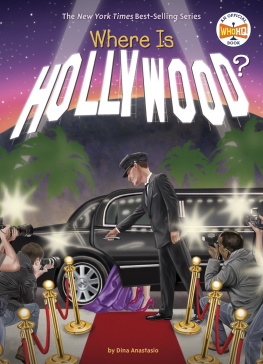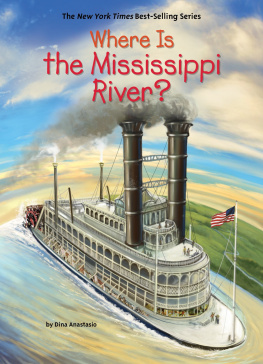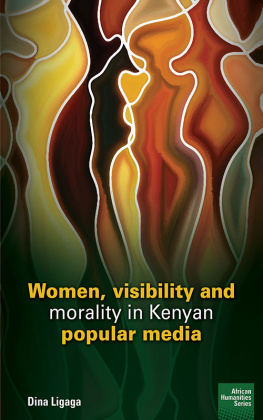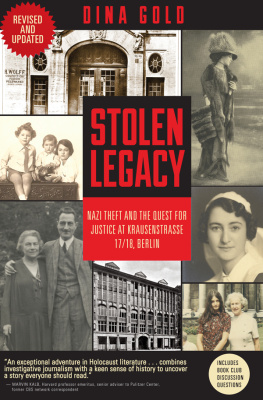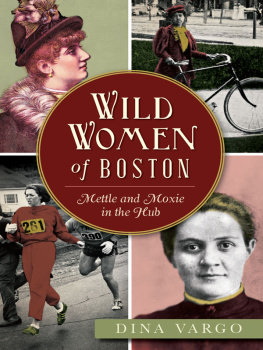Dina Anastasio - Where is Hollywood?
Here you can read online Dina Anastasio - Where is Hollywood? full text of the book (entire story) in english for free. Download pdf and epub, get meaning, cover and reviews about this ebook. year: 2019, genre: Non-fiction. Description of the work, (preface) as well as reviews are available. Best literature library LitArk.com created for fans of good reading and offers a wide selection of genres:
Romance novel
Science fiction
Adventure
Detective
Science
History
Home and family
Prose
Art
Politics
Computer
Non-fiction
Religion
Business
Children
Humor
Choose a favorite category and find really read worthwhile books. Enjoy immersion in the world of imagination, feel the emotions of the characters or learn something new for yourself, make an fascinating discovery.
- Book:Where is Hollywood?
- Author:
- Genre:
- Year:2019
- Rating:4 / 5
- Favourites:Add to favourites
- Your mark:
- 80
- 1
- 2
- 3
- 4
- 5
Where is Hollywood?: summary, description and annotation
We offer to read an annotation, description, summary or preface (depends on what the author of the book "Where is Hollywood?" wrote himself). If you haven't found the necessary information about the book — write in the comments, we will try to find it.
Where is Hollywood? — read online for free the complete book (whole text) full work
Below is the text of the book, divided by pages. System saving the place of the last page read, allows you to conveniently read the book "Where is Hollywood?" online for free, without having to search again every time where you left off. Put a bookmark, and you can go to the page where you finished reading at any time.
Font size:
Interval:
Bookmark:

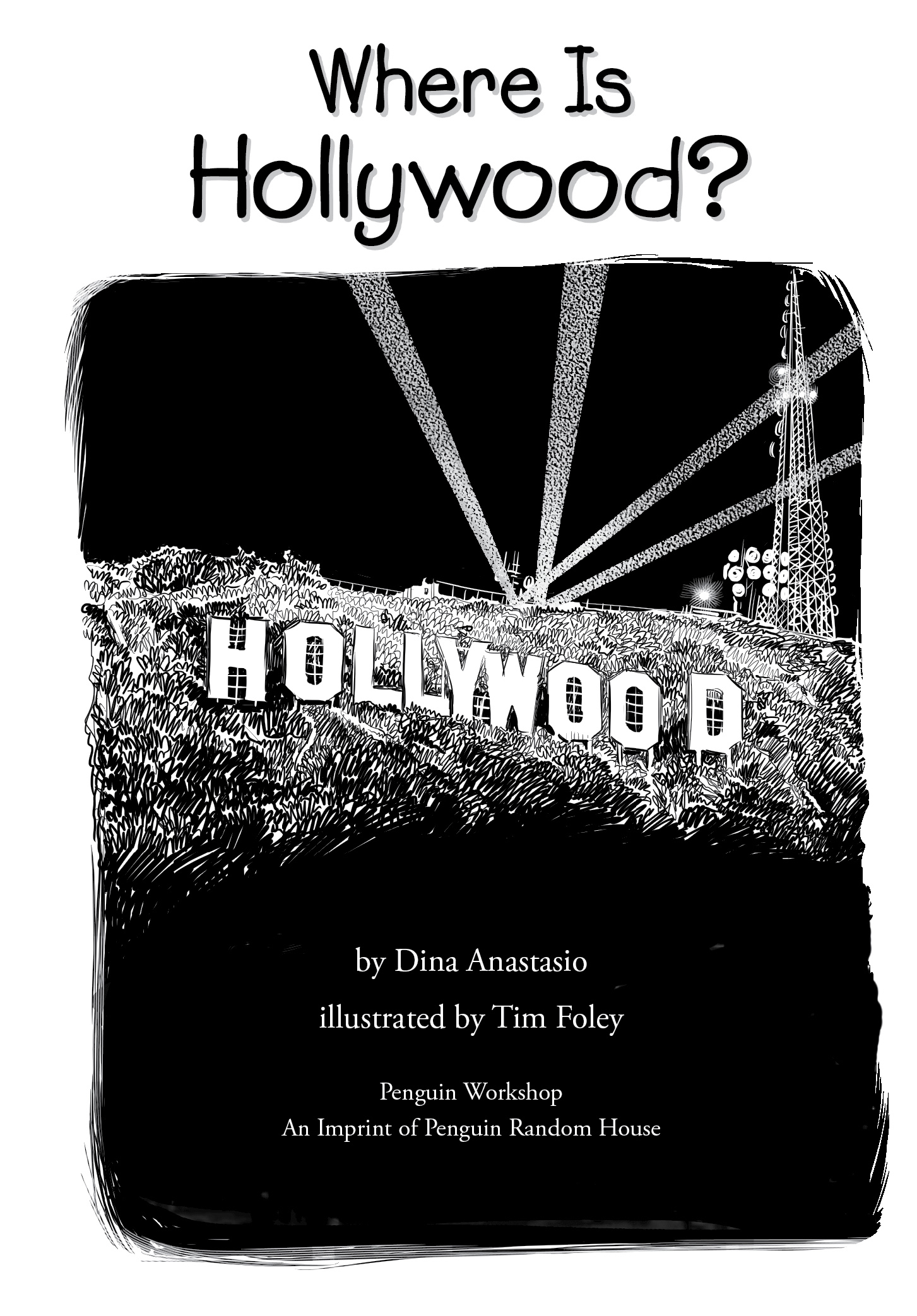
For JasonDA
For JimTF
PENGUIN WORKSHOP
Penguin Young Readers Group
An Imprint of Penguin Random House LLC

If you purchased this book without a cover, you should be aware that this book is stolen property. It was reported as unsold and destroyed to the publisher, and neither the author nor the publisher has received any payment for this stripped book.
Penguin supports copyright. Copyright fuels creativity, encourages diverse voices, promotes free speech, and creates a vibrant culture. Thank you for buying an authorized edition of this book and for complying with copyright laws by not reproducing, scanning, or distributing any part of it in any form without permission. You are supporting writers and allowing Penguin to continue to publish books for every reader.
The publisher does not have any control over and does not assume any responsibility for author or third-party websites or their content.
Copyright 2019 by Penguin Random House LLC. All rights reserved. Published by Penguin Workshop, an imprint of Penguin Random House LLC, 345 Hudson Street, New York, New York 10014. PENGUIN and PENGUIN WORKSHOP are trademarks of Penguin Books Ltd. WHO HQ & Design is a registered trademark of Penguin Random House LLC.
Library of Congress Cataloging-in-Publication Data is available.
ISBN 9781524786441 (paperback)
ISBN 9781524786458 (library binding)
ISBN 9781524786465 (ebook)
Version_1

Elizabeth Taylor
On April 2, 1974, Hollywoods biggest movie stars gathered in the Los Angeles Music Center. They had come for the forty-sixth annual Academy Awards ceremony. Winners in more than twenty-one categories would receive a gold-plated, thirteen-and-a-half-inch statuette called Oscar.
The awards for best director, best actor, and best actress were announced. There was one award left. What movie would win for best picture?
David Niven, a longtime leading man in many films, appeared onstage. He was there to introduce the legendary actress Elizabeth Taylor. She was going to announce the winner for best picture, the last and most important award of the night.
But before Elizabeth Taylor came out, the audience started to laugh. Niven looked confused. He hadnt said anything funny. The audience kept laughing and clapping, so Niven glanced over his shoulder.
A man was running across the stage behind him. Two of his fingers were raised in a peace sign and... he was naked!
The runner dashed offstage. The audience kept laughing. Now Niven was, too. That was almost bound to happen, he said. Everyone knew what he meant. Running naked in public places was a silly fad in the early seventies. It was called streaking.
There have been a lot of crazy, weird moments in the history of Hollywood and the movies. But few have topped the incident with the Streaker Guy seen on TV by forty-five million people all over the world.
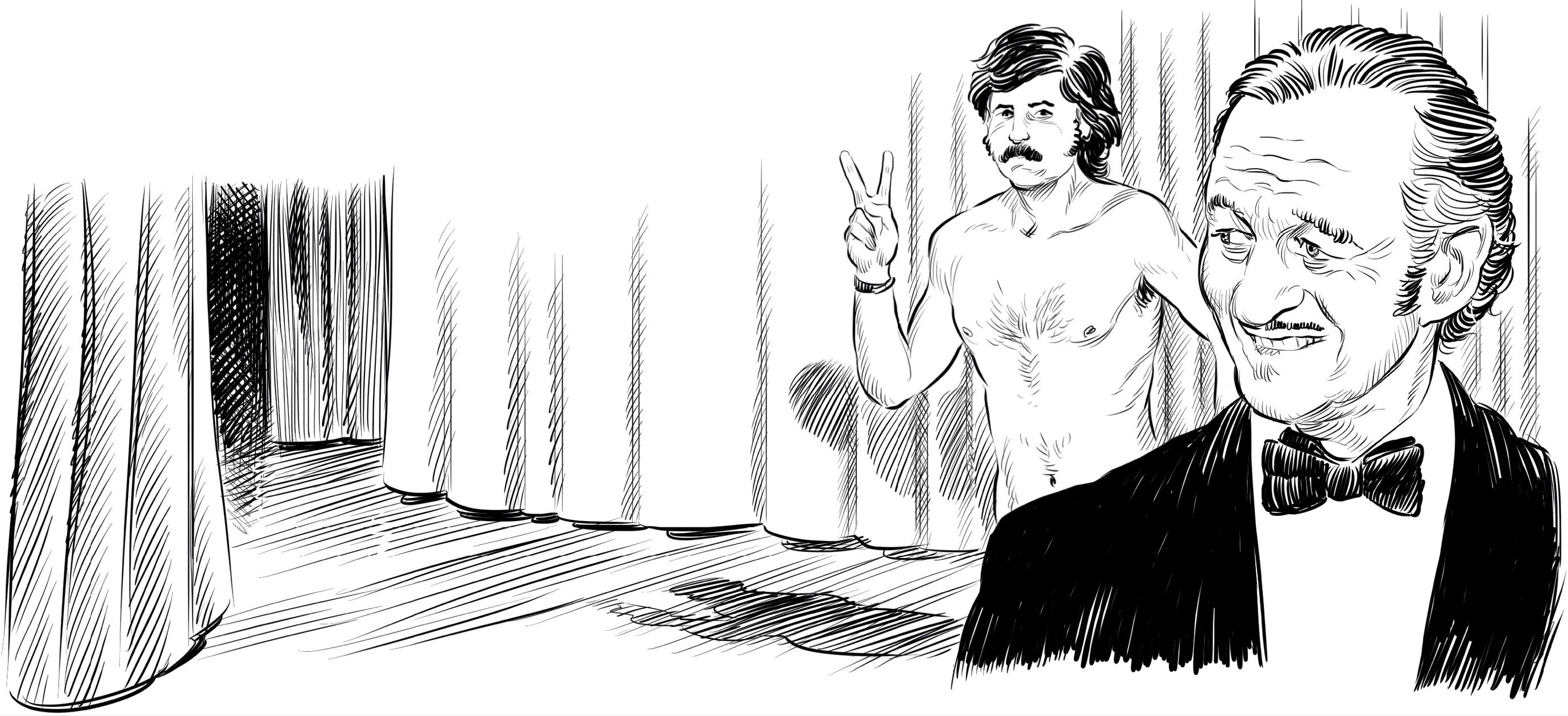
Before the very first Academy Awards ceremony in 1929, a team of Academy of Motion Picture Arts and Sciences designers created the model for the statuette. The story goes that a woman named Margaret Herrick, who was the Academys librarian, saw it and stopped short, saying it looked just like her uncle Oscar.
The name stuck.
In 1939, Oscar became the official name of the little golden statue.
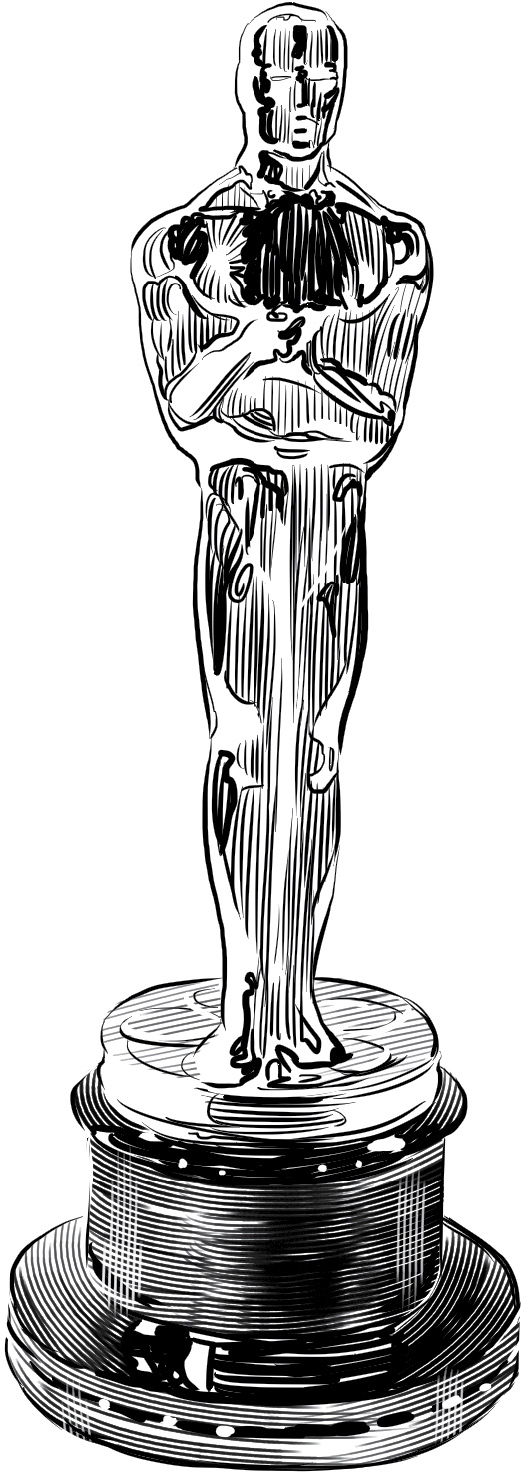
In 1849, America was growing. There were thirty states. All were in the eastern half of the country. There were none in the West yet, and it didnt look like there would be any for a while.
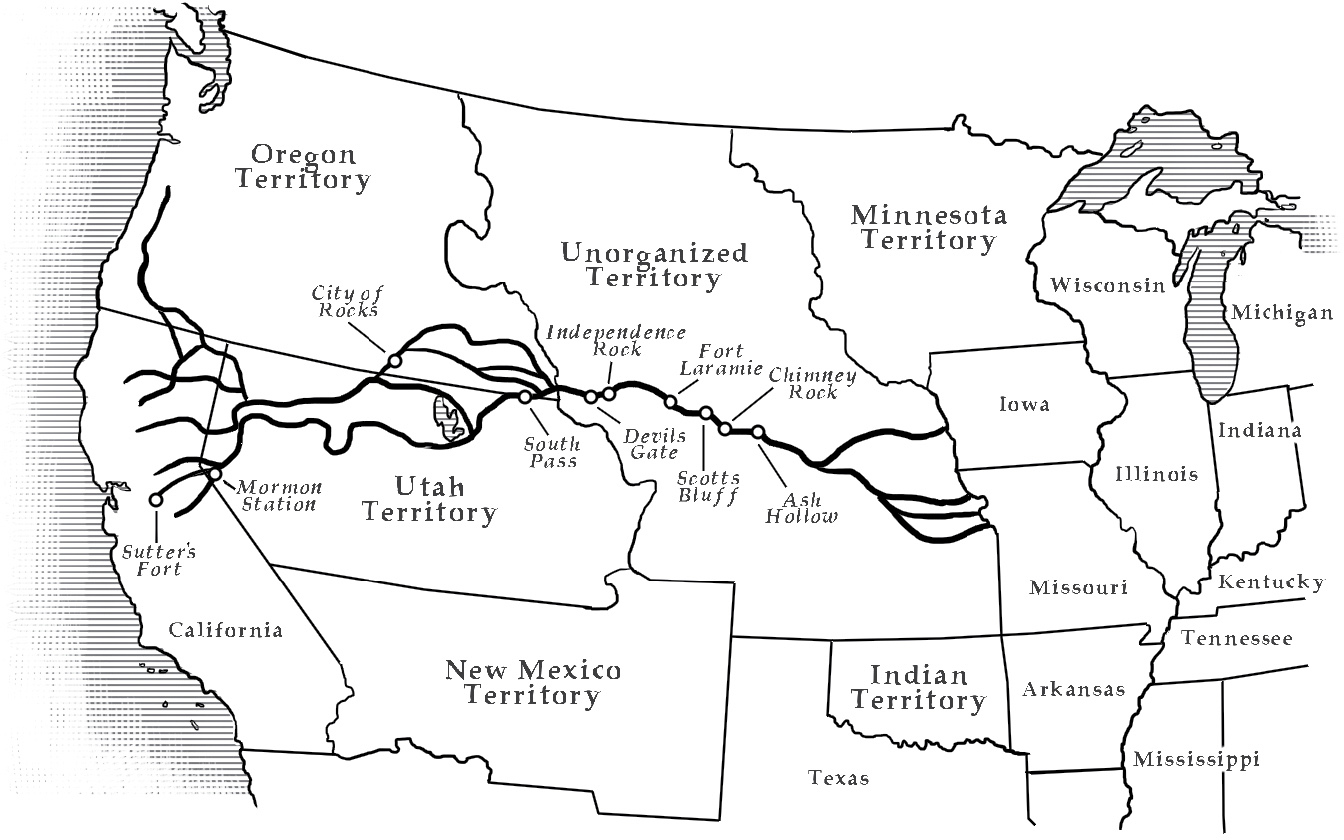
Route of the California Trail and the famous stops along the way
California was the name of a vast stretch of land along the Pacific Ocean. Native American tribes, like the Mohave and Washoe, had lived there for thousands of years, but few white settlers had made it that far west.
Cars hadnt been invented. There were no trains in that part of the country. If you wanted to start a new life in this remote area, you had to travel by ship or covered wagon. Both ways were dangerous and took months.
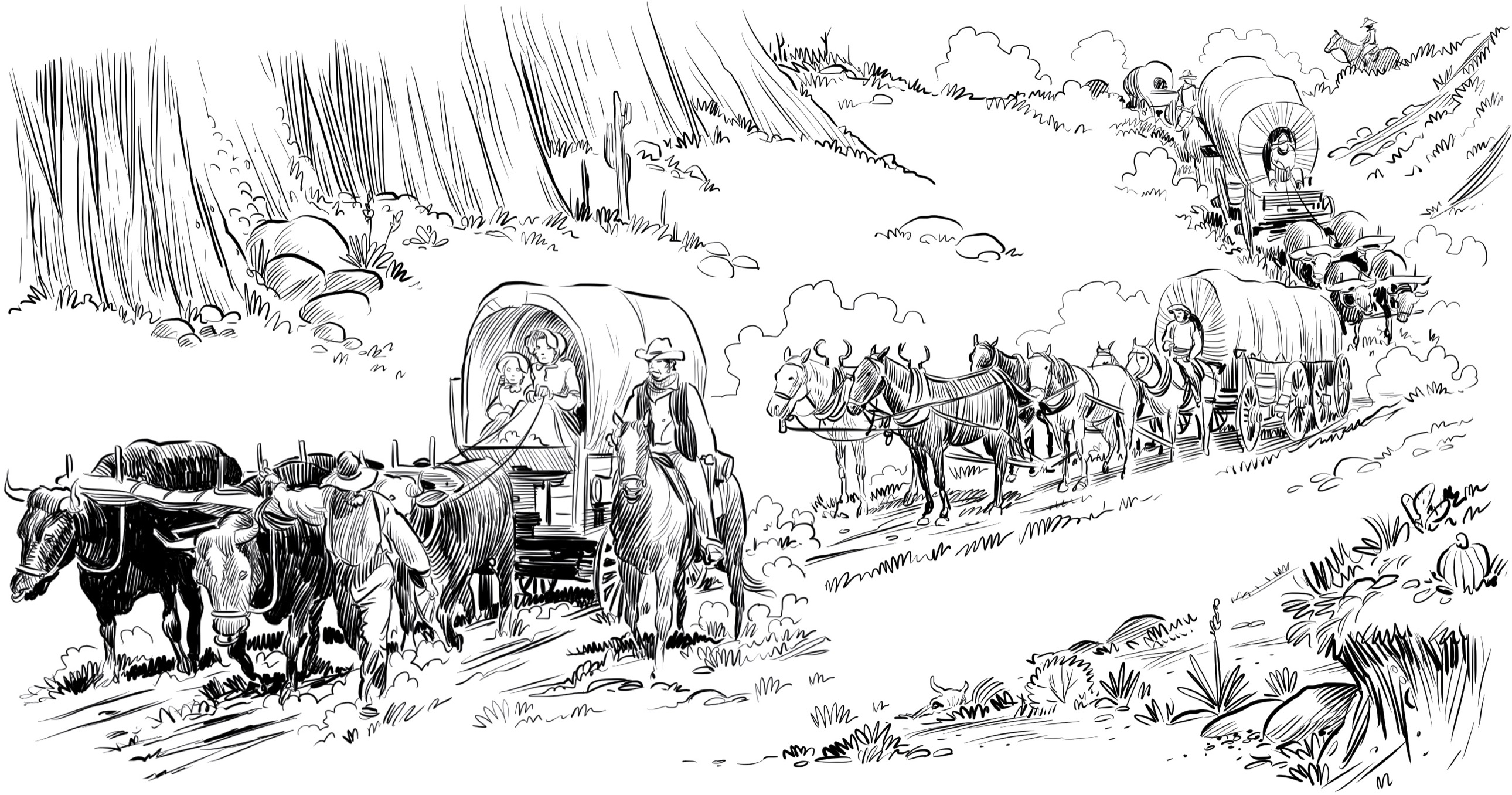
California wasnt a state then. Not yet. In order for it to become one, sixty thousand settlers had to live there. At that time, there were less than eight thousand.
But after gold was discovered in Northern California, hordes of people began the rough journey westward. These prospectors dreaming of riches were called forty-niners. (The name came from the year gold was discovered1849.) Suddenly, there were almost a hundred thousand settlers. Way more than enough to qualify for statehood.
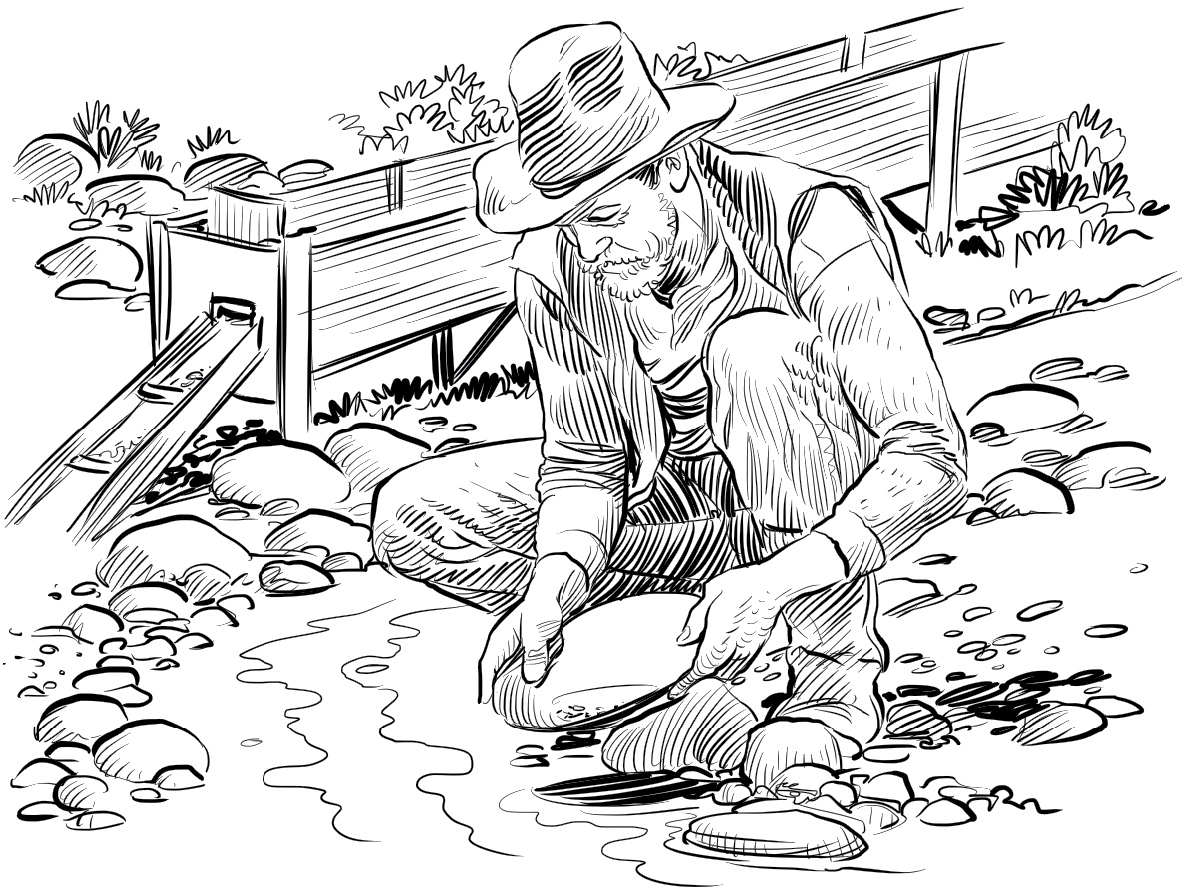
On September 9, 1850, California became the thirty-first state in the United States of America.
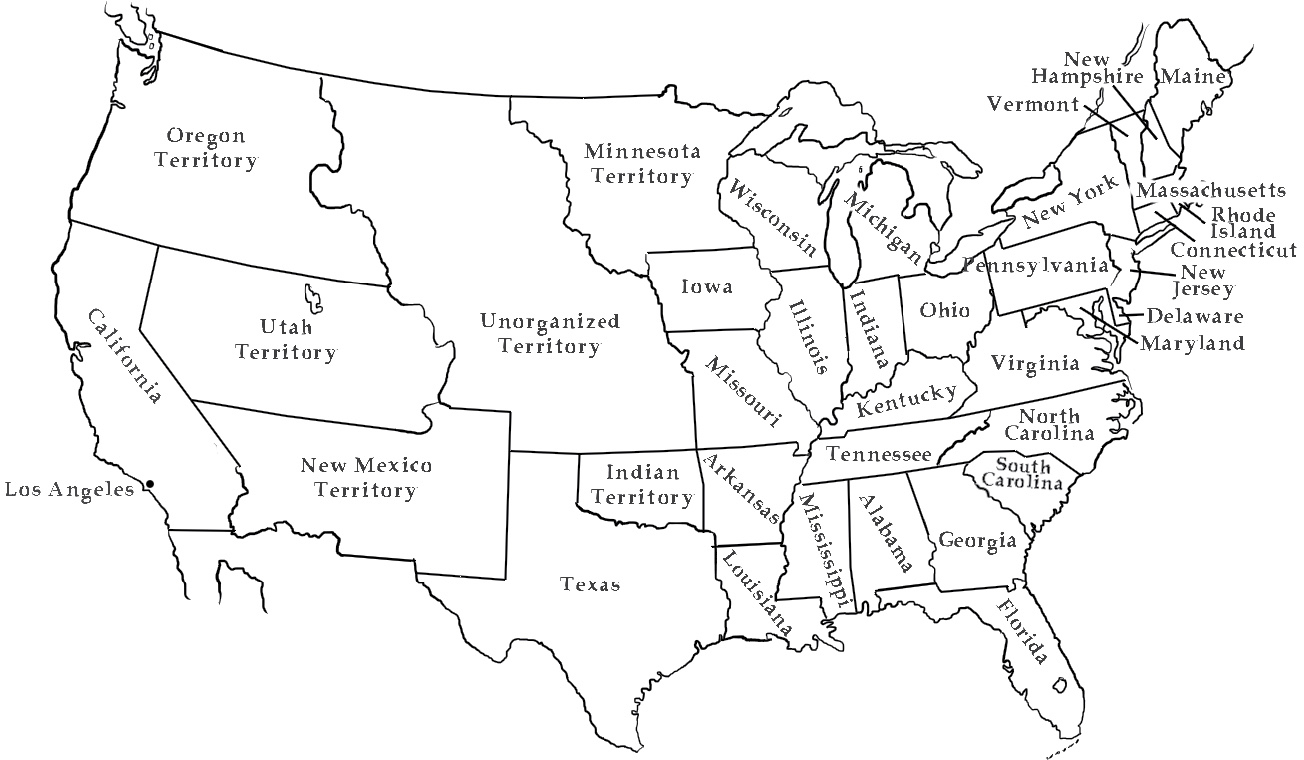
United States in 1850
Most of the newcomers settled in the northern part of the new state, where the gold was. Not many came to Southern California. Those who did sent back letters about the beautiful land by the sea. The weather was warm and the sun shone bright day after day. It was perfect for farming.
By the late 1870s, traveling far distances became easier. The Transcontinental Railroad was complete. Trains were running all the way across America.
Harvey Henderson Wilcox and his wife, Daeida, known as Ida, were living in Topeka, Kansas. They were tired of harsh, snowy winters. Maybe it was time to throw away their winter coats, sell their snow shovels, and move to a warmer place.
The Wilcoxes took one of the first trains to Los Angeles. They toured the area. Harvey had a knack for seeing what the future might hold. He was sure this city would keep growing. In time, people would start searching for more space outside of town.
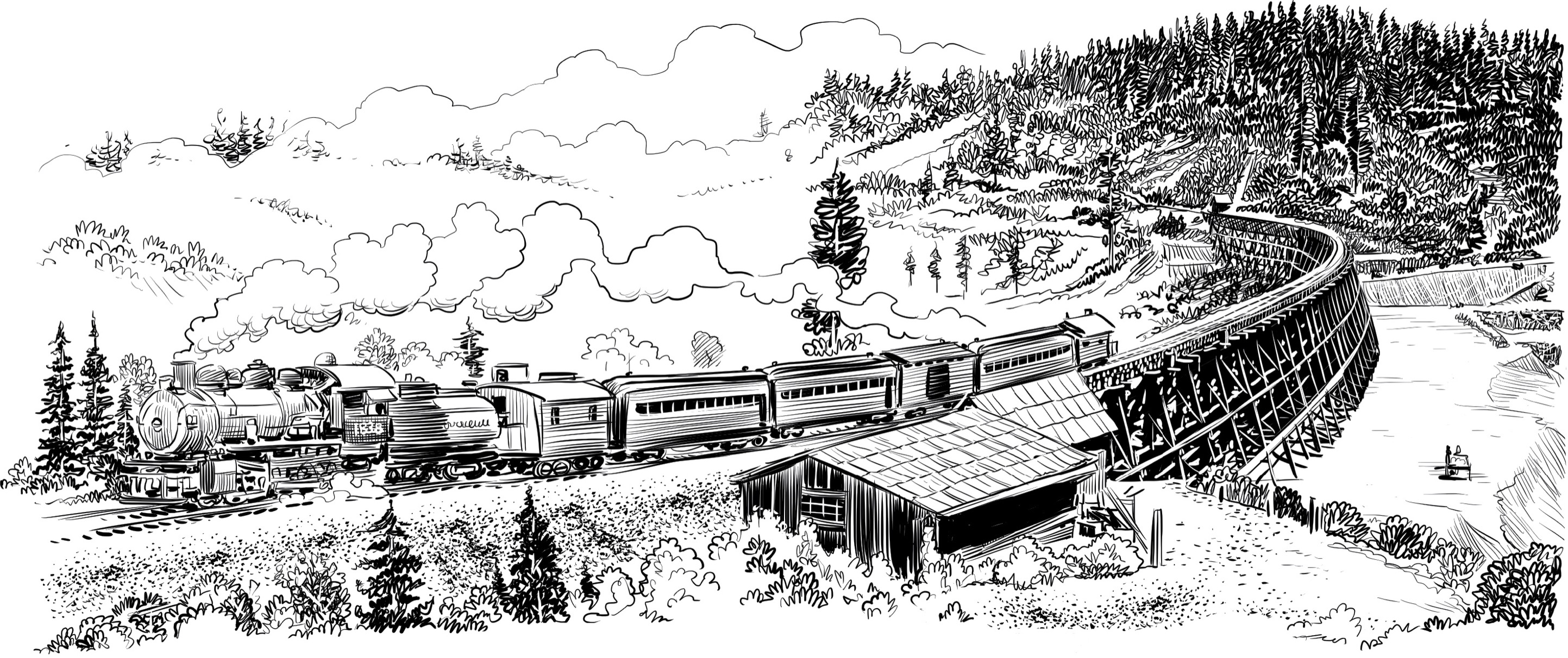
Harvey and Ida visited a tiny community of farmers and ranchers a few miles to the west of Los Angeles. Acres and acres of lush green land were available to buy. Cows grazed. Crops flourished. What a perfect place to live! They returned to Topeka, packed up their belongings, headed west, and started buying land.
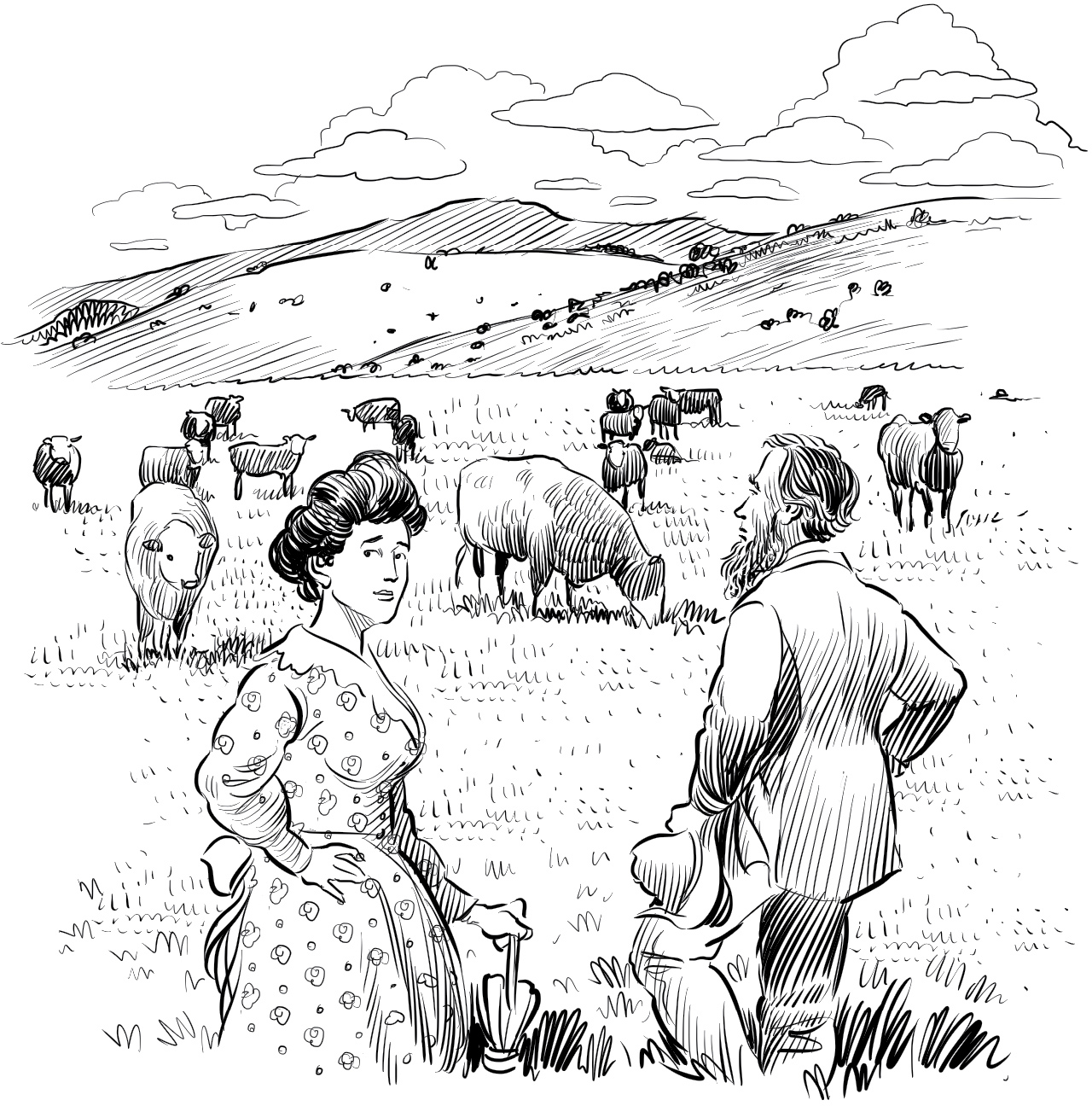
Font size:
Interval:
Bookmark:
Similar books «Where is Hollywood?»
Look at similar books to Where is Hollywood?. We have selected literature similar in name and meaning in the hope of providing readers with more options to find new, interesting, not yet read works.
Discussion, reviews of the book Where is Hollywood? and just readers' own opinions. Leave your comments, write what you think about the work, its meaning or the main characters. Specify what exactly you liked and what you didn't like, and why you think so.

